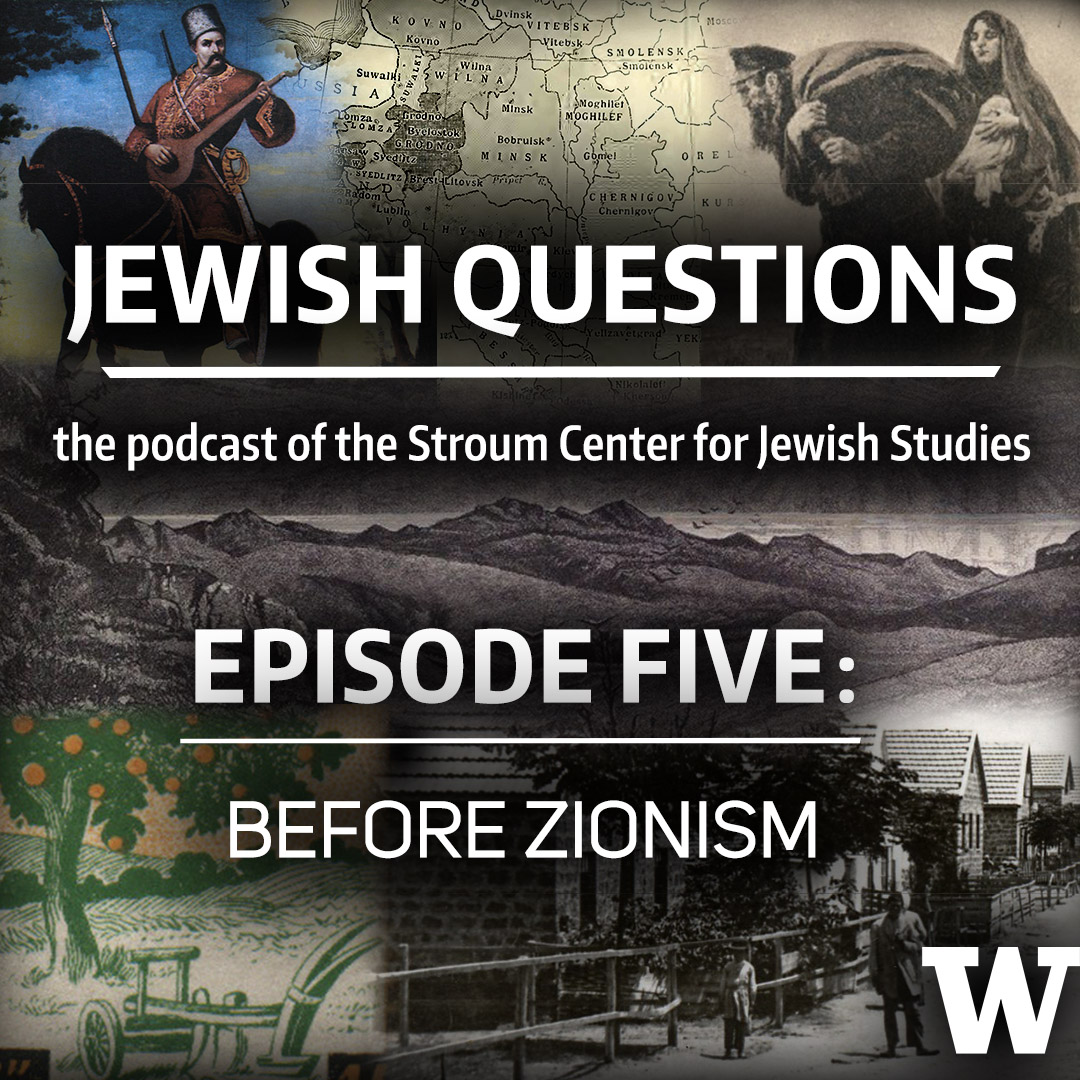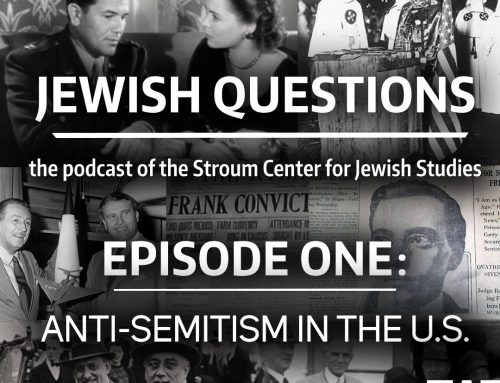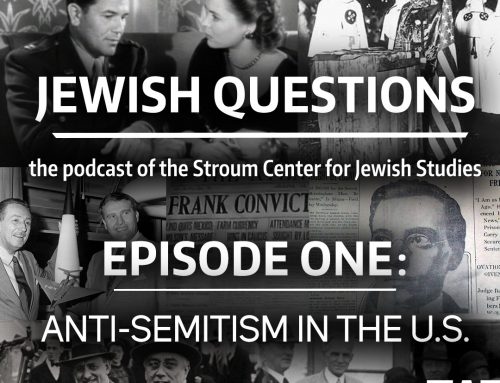
Know what you’re looking for? Being prepared for your archive visit can make all the difference.
If you have any Jewish roots in Seattle, chances are there is a piece of your history housed at the University of Washington. Specifically, it’s in the daylight basement of Suzzallo Library in Special Collections, which is home to the Washington State Jewish Historical Society Archives. Alongside the personal papers of Henry M. Jackson are personal and communal papers, historical artifacts, books, art, and oral interviews, from the Glendale Country Club to Temple De Hirsch and from Alhadeff to Zimmerman.
Over the past few years I have worked with the Stroum Center for Jewish Studies and the Washington State Jewish Historical Society on various projects that utilize this very special collection. This past Spring Quarter, I helped develop content and projects for Professor Noam Pianko’s course on Digital American Jewish History. Based on these experiences, I’ve decided to write this practical guide for anyone who might be interested in taking a look at the archives.
The Zaides Guide to the Archives:
1. Plan your packing list. The archives are a bit like entering a museum – some of the material is very delicate, and professional archivists are doing all that they can to ensure that they will last for future generations to access. This means that you can’t bring anything inside the archive with you except for a few basics (listed below). If you do bring a laptop, they will ask you to open it up to make sure you don’t smuggle any documents out of the library.
- A camera: you can photograph some materials with permission from the special collections staff. Be sure to ask before you take any pictures, and make sure there is no flash. Also, I find it is helpful to take pictures of SLN numbers or files so that I know exactly where my materials are if I need to do a return visit.
- Notebook and pencil: to take notes on any items that you find.
- Packed lunch: expect to be in Special Collections for a few hours. Between getting boxes and materials and sitting and reading through them, it’s a good idea to have some snacks when you need to take a break. You must take your lunch out of the Special Collections Library. I recommend the Grieg Glade right outside of Suzzallo.
2. Know before you go. The UW Libraries website has many search features that you can access from your own home. If you have a NETID, you can even request some items before your visit. Here are some places and links to search:
- General UW World Cat Search: This search function is great if you are looking for someone/something specific, and will search all the resources of World Cat. This means that if it’s not at UW, it can typically be located and requested.
- The Washington State Jewish Archives: You can scroll through organizational records, personal papers, oral interviews, and more. Tip: search both the subject guides AND do a World Cat search. Especially fun are the photograph guides located here, since many of them have been digitized, and the oral histories located here. If the oral history you are looking for hasn’t been digitized, you can either request a recording for a small fee or listen to it in the archive.
- Sephardic Studies Digital Library & Museum: Thanks to the Sephardic Studies Program, locating and accessing documents pertaining to Sephardic Jewry just got easier. Here is a link to many resources, including all the Sephardic newspapers that the UW holds in its collections. You may have to use a microfilm reader to view some of these items, but the staff in Suzzallo library can help you get set up if it’s your first time.
Work in the archives can be challenging. My most successful research ventures have been a mix of persistence, patience, and intuition, where I wasn’t afraid to follow new leads or ask questions of my sources. Sometimes the discoveries will feel almost serendipitous – you’ll have entered the archive to research one thing, and have come out with something entirely different. Don’t be afraid to go off on a tangent and dig deeper about a person or place that you encounter in a source. You never know what you’ll find, or who you’ll meet.







Leave A Comment